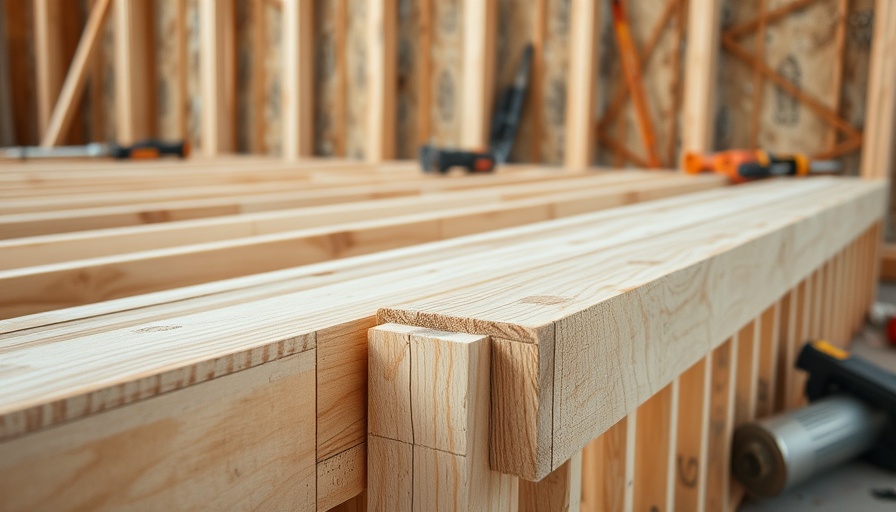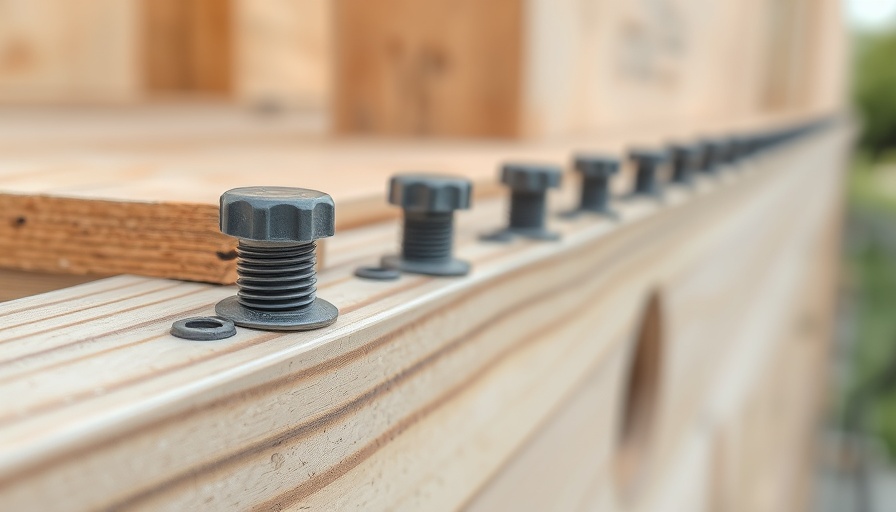
Choosing the Best Material for Continuous Insulation
When it comes to securing continuous thick exterior insulation, two main options arise: wooden furring strips and fiber glass Z-girts. Each has unique advantages and challenges that cater to different projects in the construction industry. Understanding these differences is crucial for architects, engineers, and builders looking for the best approach to enhance energy efficiency and sustainability.
Comparing Strength and Durability
Wooden furring strips are a traditional choice in construction that offer good structural support. However, they are susceptible to moisture damage, which can undermine their strength over time. In contrast, fiber glass Z-girts, made from reinforced plastic, provide significant resistance to moisture, decay, and pests, making them a durable option for exterior installations. They are particularly ideal in environments with high humidity or where insulation must withstand weather fluctuations.
The Role of Sustainability in Material Choices
Choosing the right material is not just about its structural capabilities; it's also about its environmental impact. Wooden furring strips can pose sustainability challenges due to deforestation and potential use of non-sustainable wood sources. However, responsibly sourced wood can mitigate some concerns. On the other hand, fiber glass Z-girts promote sustainability as they are often made using recycled materials and can be more energy efficient, reducing the building’s overall carbon footprint.
Cost Considerations and Project Budget
When planning a construction project, budget is always a significant factor. Wooden furring strips can be less expensive in terms of initial costs, which may appeal to budget-focused projects. Conversely, while fiber glass Z-girts can come at a higher upfront cost, their durability and lower maintenance requirements can lead to savings in the long run. Builders need to assess total lifecycle costs, including potential repairs or replacements.
Future Predictions in Construction Materials
As the construction industry leans more towards sustainability, we might see an increasing trend in the use of alternative materials that combine the benefits of strength, durability, and environmental responsibility. Innovations in materials science are likely to introduce new options that surpass current materials in performance, efficiency, and sustainability. Being informed on these trends can greatly benefit those involved in the decision-making process.
Conclusion
In conclusion, selecting between wooden furring strips and fiber glass Z-girts involves careful consideration of the project's requirements, budget constraints, and sustainability goals. As technology advances in construction materials, being knowledgeable about your options will equip you to make informed decisions. Embrace this opportunity to enhance your building practices by exploring innovative and sustainable material choices.
 Add Row
Add Row  Add
Add 



Write A Comment